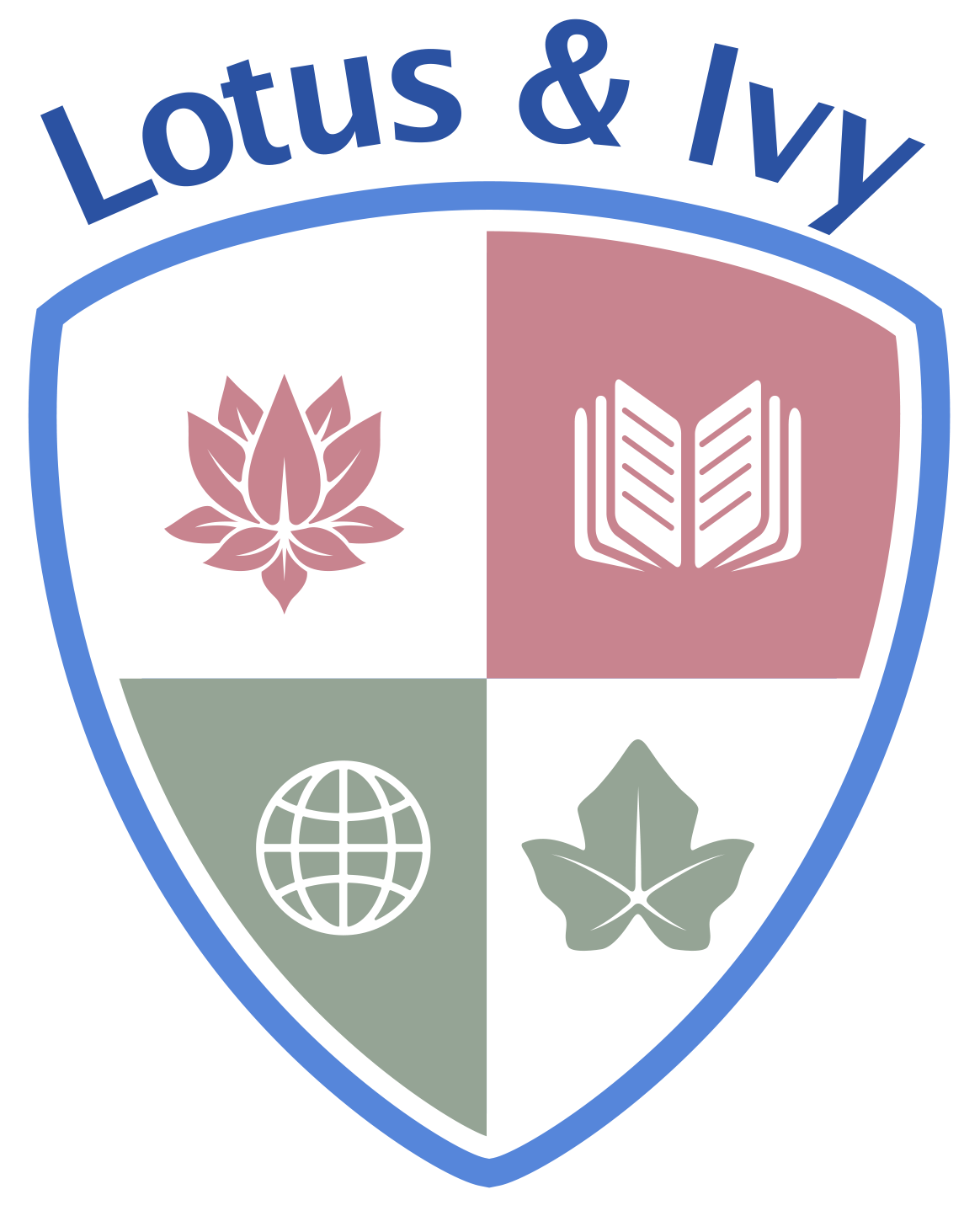Spanish
Lotus and Ivy Spanish students follow a daily rhythm that includes poetry, bodily movements, songs, grammar & vocabulary lessons, games, and artistic response that will complement the main lesson curriculum.
Spanish
One of the striking features of the first Waldorf School, founded by Rudolf Steiner in Stuttgart in 1919, was that all pupils from Class 1 up were taught two foreign languages. Prior to that, foreign language learning in German schools (starting in Class 5) had been the privilege of those children belonging to middle and upper class families. What reasons did Rudolf Steiner give for introducing foreign languages for all children at this unprecedented, early age? These were certainly very different from the pragmatic reasons for teaching and learning foreign languages which have become increasingly important in society throughout the decades since then.
The encounter with other languages should not only serve to extend the individual’s horizon in a formal manner, it should also enrich and diversify his inner life, nurturing his very soul. It was vital, so Steiner maintained, to introduce languages other than one’s own as a means of counteracting whatever one-sided influence any particular language exerted on the developing child. By getting to name and recognize the objects in the world around him in a new way through the medium of a foreign language, every child would be given the opportunity to break free from the confines of his mother tongue. Education of this kind would prevent children from growing up into narrow-minded, nationalistically prejudiced adults. Instead of encouraging attitudes that ultimately separate people and nations from one another, tolerance and mutual understanding between nations should be consciously cultivated.
Spanish in Grades 1 - 8
During class time, Lotus & Ivy Spanish students follow a daily and weekly rhythm that includes poetry, bodily movements, songs, grammar & vocabulary lessons, games, and artistic response that will complement the main lesson curriculum.
In Story Time the teacher tells an authentic children’s Spanish story—engaging students’ imagination and reinforcing language concepts.
In Art Time students complete an art project which gives them a hands-on, practical application of language concepts. During Art Time the teacher engages students one-on-one and converses with them in Spanish about what they’re working on—further reinforcing language concepts.
Students then practice language concepts, with independent reading and writing for older students.
In general, our Spanish lessons are themed according to Waldorf-inspired main lessons for an integrated approach.
What if my child is coming to Lotus & Ivy during the later years, but has never had Spanish instruction?
If your student is new to Spanish studies, as many of our students are, no worries! Our Spanish teacher is able to differentiate the curriculum so no one feels left behind and everyone receives an enriching experience. Each class will be individualized for the experience of the group. For example, if one child already speaks Spanish, they will receive additional challenges while the rest of the class learns the basics.
Lotus & Ivy offers Spanish lessons for Classes 1 through 8 as part of our Complements classes. Students may enroll in Lotus & Ivy Spanish Classes separate from our other classes.
Together, our main lesson classes, our math & language arts classes, and our complement classes are a solid, whole-child, and rigorous academic foundation.







